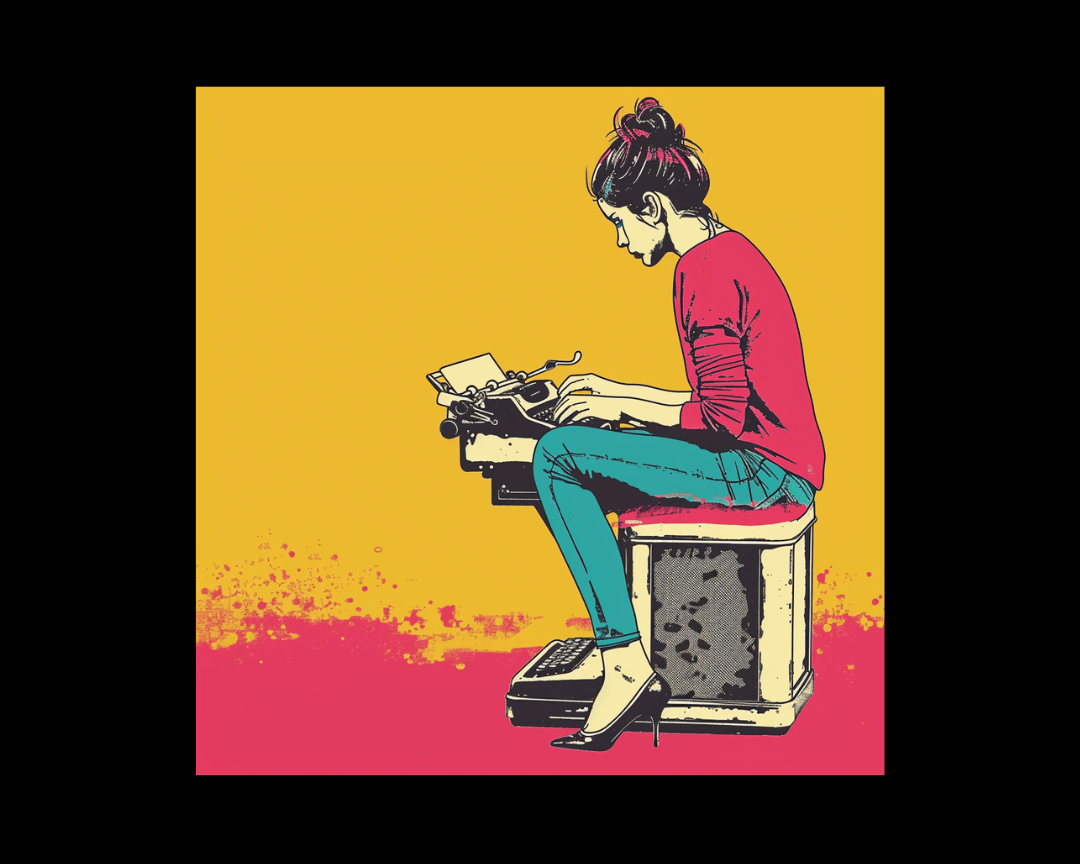The Writer's Guide to Literary Tropes: When Familiar Becomes Fresh
Here's a confession that might surprise you: every story you've ever loved contains tropes. Yes, even the ones you consider groundbreakingly...
3 min read
 Writing Team
:
Oct 7, 2023 10:24:40 PM
Writing Team
:
Oct 7, 2023 10:24:40 PM
%20(1)-1.png)
Dinkus. What a word, right? While it may sound close to an insult levied by a particular character on Strangers Things, we're talking about a term used in publishing.
While the term "dinkus" may not be in your everyday vocabulary, you've undoubtedly encountered it within the pages of books you've read. A dinkus is valuable for authors, particularly regarding book formatting, chapter divisions, or specific scenes.
If you've ever wondered what the dinkus is, how to utilize it effectively, and how to integrate it into your writing, you're in for a treat.
Below, we explore its definition, break down its applications, and provide creative ideas for its incorporation. Let's jump into it.
For those unfamiliar, the dinkus is a typographic symbol represented by a line of three asterisks, often used to demarcate breaks within a text. On the page, it appears as follows: * * *
This symbol is frequently employed in various forms of literature to signify a "break" in the text. Such breaks can indicate the conclusion of a chapter, a shift in scenes, or the separation of stanzas in poetry, among other uses.
Variants of the dinkus include the traditional asterisk (*), signifying a footnote, and the asterism (⁂), which served as the original dinkus but has waned in usage over time.
As an author, you might wonder why and how to integrate the dinkus into your work. It's essential to understand that, above all else, its usage is a stylistic choice.
You can choose to employ it or not, but it's a tool worth being aware of, allowing you to determine if it aligns with the tone and structure of your book. Additionally, you can utilize other stylistic symbols to indicate section breaks; the dinkus is just one option in your literary arsenal.
Authors often utilize the dinkus to provide readers with a visual "break," signifying the conclusion of one segment and the commencement of another. This informs the reader of a shift in perspective, topic, scene, character viewpoint, or other transitional aspects.
Here are some critical contexts and methods for using the dinkus in your literary works:
The dinkus is frequently used to separate chapters and sections within a book. It serves as a visual cue that a chapter or section has concluded and the narrative progresses to a new phase.
The dinkus can be a valuable tool to indicate a significant shift in perspective, time, or theme without creating a new chapter.
Scene transitions can benefit from the dinkus, especially in narratives with multiple viewpoints or timelines. It helps readers swiftly recognize shifts and prevents confusion, as they don't have to deduce changes solely through reading.
Clear transitions enhance reader engagement and comprehension.
Poetry often employs the dinkus to denote breaks between stanzas. This provides a visual pause, which can be creatively utilized to emphasize certain elements and evoke dramatic effects. Given the flexibility of poetry, there are numerous ways to incorporate the dinkus into your verses.
Although less common, some authors use the dinkus to highlight specific passages or enhance the visual aesthetics of their writing. While the dinkus generally serves specific purposes, there's room for creative experimentation.
Ultimately, it's your book, and you have the artistic license to employ the dinkus for decorative purposes.
Properly using the dinkus becomes crucial when writing a book that revolves around a specific historical era or includes passages from historical texts. This is also where the asterism (⁂) may come into play, as it reflects the original usage of the dinkus and can still be found in older publications.
If you intend to signify temporal shifts within your narrative, the dinkus can be a valuable tool to alert readers that they are about to traverse backward or forward in time. Effective transitions enhance the reader's experience and comprehension.
Sometimes, briefly pausing the narrative is necessary to provide readers with essential context. The dinkus can be a visual cue for such breaks, including details about the historical setting, a specific location, or other pertinent information.
The dinkus can be strategically placed to manipulate the reader's experience. For instance, inserting a dinkus gives readers a moment to process and breathe after an intense or suspenseful scene.
Conversely, it can also build tension, emphasizing critical moments and emotions.
Now that we've covered the ins and outs of the dinkus, it's your turn to use this little punctuation powerhouse in your writing. Whether you're a seasoned pro or just starting, the dinkus offers an excellent way to jazz up your storytelling.
So, give the dinkus a shot the next time you're wrapping up a chapter, changing scenes, or want a poetic pause. It's a creative tool at your fingertips—use it, have fun with it, and let your stories shine with a dash of dinkus charm.
Your words, your rules. Happy writing!
-Jun-09-2025-07-10-01-4032-PM.png)
Here's a confession that might surprise you: every story you've ever loved contains tropes. Yes, even the ones you consider groundbreakingly...

Are you ready to kick your writing into high gear? Well, get ready because we’re about to drop some knowledge that'll have your fingers flying across...

Poetry, as an expressive art form, embraces a vast array of structures and styles. Delving into the world of poetic forms reveals a fascinating...